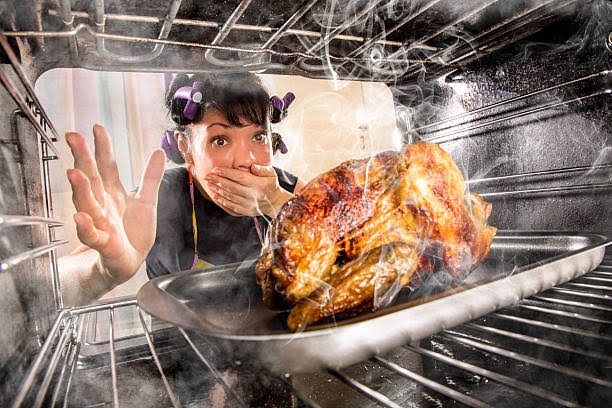In a city where the prices of essentials such as potatoes, tomatoes, ginger, and eggs have soared beyond the reach of ordinary citizens, one food item remains surprisingly cheap — chicken. For Karachi’s residents, already struggling under the weight of inflation, this unexpected affordability has sparked confusion and unease. How can the city’s most consumed source of protein stay so low in price when everything else on the table is slipping away?
Analysts say the reason lies in the complex dynamics of Pakistan’s poultry market. Unlike other food commodities, the poultry sector operates on short production cycles. Sudden oversupply, cheap frozen imports, and weakened consumer purchasing power often combine to cause price dips. In recent months, traders have also been sourcing low-cost poultry from unregulated suppliers, while stricter regulations in Punjab have reshaped the supply chain, indirectly affecting Karachi’s market.
But behind this apparent relief lies a deeper public concern — food safety and health risks. Across Karachi, people are increasingly skeptical of the quality of the chicken they are buying. Raids in Punjab have revealed large stocks of expired and unhygienic frozen chicken, raising fears that similar unsafe meat may be finding its way to Sindh. For many, the question is not why chicken is cheap, but whether it is safe.
One of the most common and worrying beliefs among consumers is that poultry farms use hormonal injections and chemical-laced feed to make chicks grow unnaturally fast — turning them from hatchlings to fully grown birds within a few weeks. Many parents fear that consuming such meat could have serious effects on children’s health, with some believing it may cause early physical maturity or hormonal imbalance. Whether or not these fears are scientifically verified, the lack of transparent oversight and communication from food authorities has allowed mistrust to deepen. In the absence of credible information, public perception has become the truth many live by.
Meanwhile, Punjab’s government has moved to address such issues with stricter meat safety regulations, the establishment of modern slaughterhouses, and increased veterinary supervision. These steps aim to ensure hygiene, traceability, and consumer confidence. However, misinformation has also spread — including claims of a “ban on pre-slaughtered chicken” — which authorities have publicly denied. Still, the impact of Punjab’s actions is visible in Karachi, where supply fluctuations and shifting distribution patterns have influenced both availability and prices.
Experts warn that the low price of chicken should not be taken as a sign of economic stability. Instead, it may reflect unsafe production practices, weak enforcement, and compromised food safety standards. They stress that Karachi needs its own version of Punjab’s reforms — regular inspections, public test reports, and licensed slaughterhouses with proper oversight. Transparent pricing systems and awareness campaigns could also help rebuild public confidence and discourage the sale of unsafe poultry.
For now, cheap chicken is both a comfort and a concern for Karachi’s citizens. It offers affordable protein at a time of hardship, yet brings uncertainty about what families are truly consuming. Until strict regulation, feed monitoring, and consumer education become routine, Karachi’s low chicken prices will remain a troubling paradox — a sign not of relief, but of a deeper problem simmering beneath the surface.


